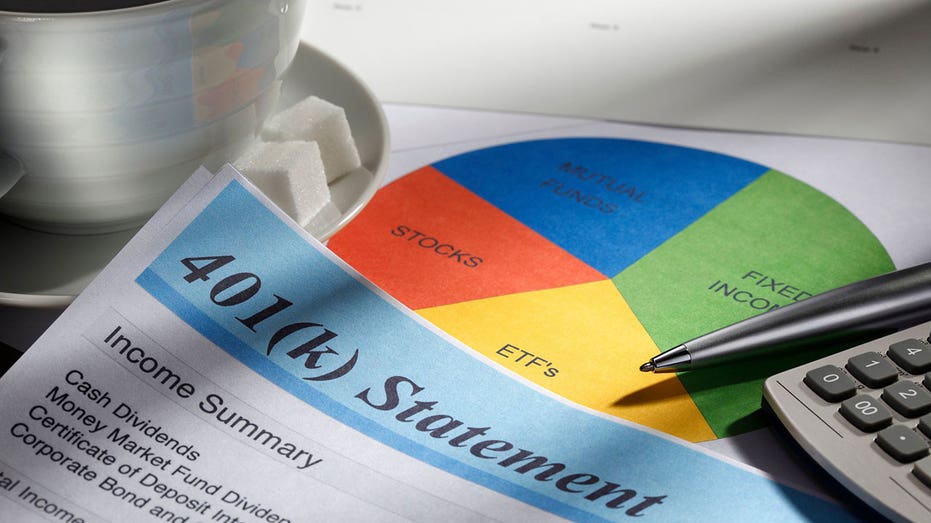Year-end bonuses: Smart ways to use your extra cash
Horizon Investment head of portfolio management Zach Hill discusses concerns around markets and the economy in 2023.
With the end of the year rapidly approaching, many workers anticipate receiving bonuses from their employers.
Robert Half said in early November that one of its surveys found that this year, more than half of U.S. companies, 57%, said they had plans to give out year-end bonuses to employees. That marks a decrease from 2021, when 77% indicated they intended to do so, according to the business consulting firm.
While there are many ways for a person to use their end-of-the-year bonuses, some good things they can do with them include paying off debt, saving, investing, and building an emergency fund, according to experts.

A person holds a jar full of savings money. (iStock / iStock)
Year-end bonuses can serve as a “great way to tackle” debt “aggressively,” per the Summit Wealth Management Group at Morgan Stanley.
BONUS SEASON NOT LOOKING BRIGHT FOR PRIVATE EQUITY, WALL STREET: REPORT
In mid-November, the Federal Reserve Bank of New York said that by the end of the third quarter, total household debt had hit $16.51 trillion, a $351 billion increase from the prior quarter.
“Determining how and when to pay off debt is dependent upon your income or overall cash inflow, your risk tolerance, your goals and your time horizon for investing,” Emily Irwin, senior director of advice and planning at Wells Fargo Wealth & Investment Management, said in a statement to FOX Business.
According to Irwin, people wishing to determine their risk tolerance while trying to figure out how to spend their bonuses should ask themselves how they feel about their debt, the status of their emergency fund and how much they can allocate for investing or paying off debt. One should also “consider your goals,” she said.
“You don’t have to choose between using your bonus to invest or pay down debt – you can do both,” Irwin also stated.
Saving some or all of your year-end bonus can benefit yearly savings goals. It can also help people get closer to their longer-term plans, according to Morgan Stanley’s Summit Wealth Management Group.
If feasible, Irwin recommended saving 10% of paychecks as a starting point for creating yearly savings goals and incrementally upping the amount until “ideally” reaching 20% being allocated toward retirement and investments.
INFLATION BIG SETBACK FOR RETIREMENT SAVINGS
“If you’re an employee who participates in a 401(K) plan, it’s likely that a portion of your bonus will be allocated to your retirement account (unless you make a timely change to your election),” Irwin said in the statement. “This can be a great strategy because it’s earmarking your bonus dollars for retirement years.”

401(k) plans ensure Americans have enough money to live on after they retire and no longer receive an annual wage. (Getty / Getty Images)
The Internal Revenue Service (IRS) says individuals under 50 can contribute up to $20,500 annually to their 401(K)s in 2022. In 2023, that limit will go up by $1,000 to $22,500. People ages 50 and above can contribute a maximum of $27,000 in 2022 and $30,000 next year, according to the IRS.
For…
Read More: Year-end bonuses: Smart ways to use your extra cash
